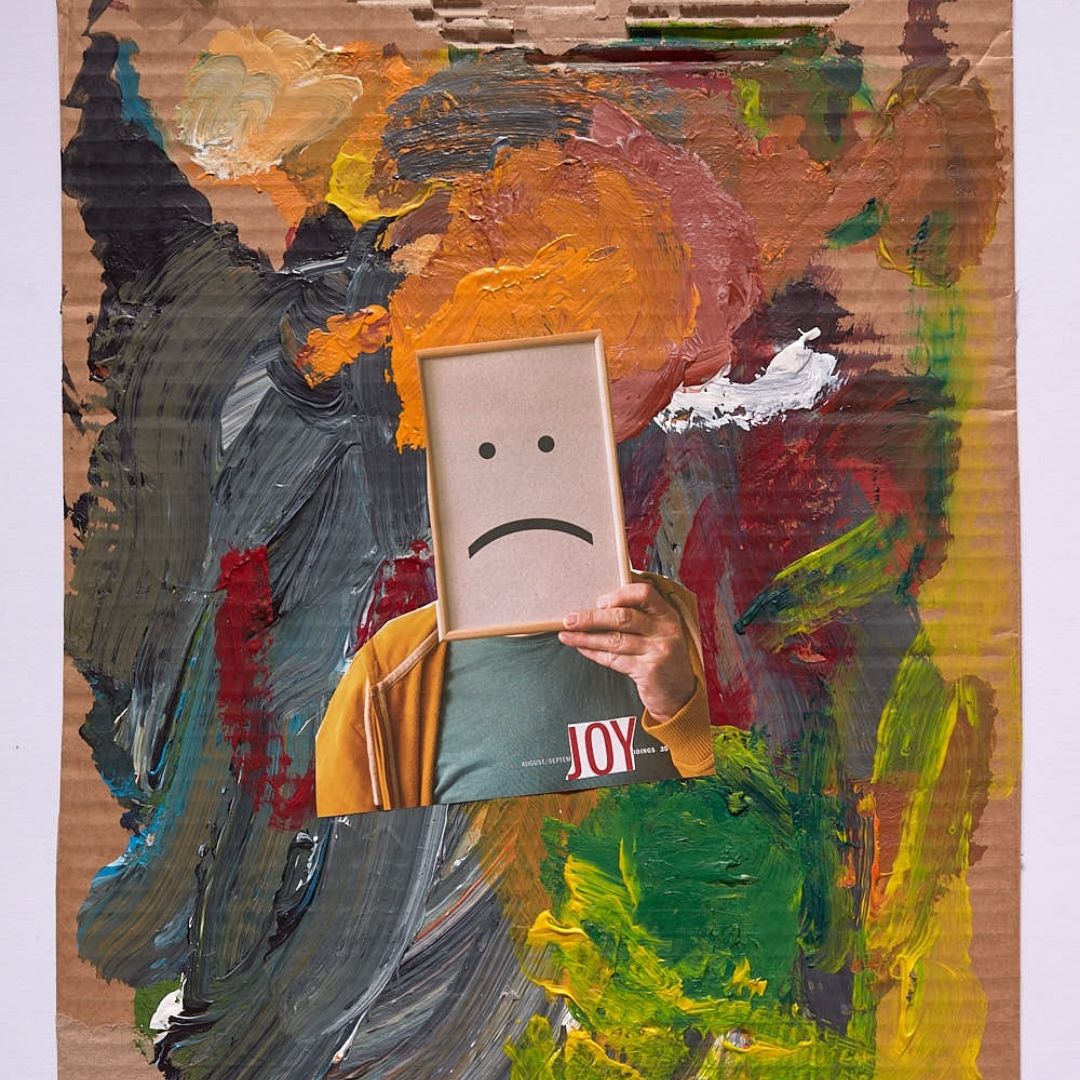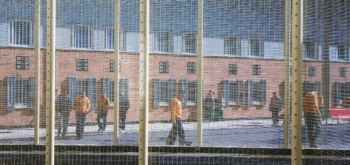I have always felt that there was something lingering in the background of all my projects, work and writings. A bigger picture that I could not see. The issue that I would not address. The dialogue that I would not have.
This feeling became gradually stronger, as I learned to observe myself, my actions (or inactions), fears and insecurities. My background in legal studies as well as my day job did not help me to understand this feeling. In fact, they distracted me from investigating it.
The table and justice test
As brain specialists and cognitive psychologists would say, we create meanings through a process of visualization of images infused with feelings that lead to connections. The word ‘table’, for instance, creates a visual image of a surface (most often square) standing on four legs. Conversely, when viewing something resembling this image, our brain labels it as ‘table’. Interestingly, online search engines function in a similar way. Try searching for images using the word ‘table’ and you will most likely get thousands of hits resembling the aforementioned description.
Now, try and visualize the word ‘justice’ or even ‘criminal justice’. When applying the test of using search engines, my hits rendered the same images that were in my mind. These were: the balanced scales of justice, the blindfolded Greek Goddess Themis (again holding the balanced scales of justice and a sword), holding hands or a fist.
Reflecting on the findings of this homemade test, I came to realise that most of us visualise justice in this way simply because we view it as a virtue, a value-based notion, a higher purpose and an honourable goal that can give essence to our life paths and sacrifices. My brain did not allow me to visualize justice in the form of prisons, courts, suited white men or ministries and politicians. Subsequently, this led me to believe that our brains deny diminishing justice to an image of anything less than a representation of a higher existence. And yet, when an injustice takes place, we ask for prison bars, tall walls, courtrooms and lawyers. Not for this higher existence.
Power and control: The hidden picture
I have now come to believe that this subconscious behaviour is by no coincidence. It is part of the hidden picture, which I could not see for years. It is also the result of many decades of conscious planning to achieve what Foucault and many others have called ‘power and control’ (1991). Shirley Chisholm also said in Unbought and Unbossed: ‘Racism is so universal in this country, so widespread, and deep-seated, that it is invisible because it is so normal’ (Chisholm, 2010, p. 45). By controlling our sense of justice, expectations are directed and the reality can be manipulated. Without this manipulation, there can be change, and change is a thread to the status quo that leads to power abuse and inequality.
Admittedly, the literature on power, its definitions and different forms, how to develop or diminish it (whether at the inter-personal, inter-community or inter-state level) is rich. And yet, never before have we so silently succumbed to forces of power defining our lives purpose, current reality and future.
This is a very scary feeling indeed. But this fear is constructive and honest. It can lead to change, and improvement.
It is a different kind of fear. It is inconspicuous and dangerous. As I write this piece, the world is experiencing unprecedented health and socio-economic impacts, which can only be compared to those that followed World War II. We are afraid that we will lose our life, health and independence, income and homes, family and friends. The scale of this unprecedented fear is increased with continuous threats that are brought to our homes, dinner parties, private moments and bed time. These may relate to terrorist attacks, financial and refugee ‘crises’, unemployment, migration and viruses. These fears create dependencies. Dependencies allow control. And control serves status quo. The flip side of this is described by Malcom X: ‘I for one believe that if you give people a thorough understanding of what confronts them and the basic causes that produce it, they’ll create their own program, and when the people create a program, you get action.’
Conspiracy theories?
I have never believed in conspiracy theories; in fact, my research and legal background made me a rather dull chat friend, as I always ask for evidence. We cannot deny what is; we can only learn to observe it, and as we start to awaken, we then seek for tools that will help us regain the power that we have silently lost through gradual and consensual new forms of slavery. This responsibility is intensified, if we have undertaken a role to serve justice as practitioners, researchers, policy makers or campaigners.
As I observe the growing inequalities that are being manifested in our modern societies, I challenge the way power and race have been interpreted. I argue that we need to open up the debate that we won’t have to construct new conceptual methodologies for race equality and justice, which I believe respond to our modern realities.
Restorative justice: A potential counter bio-power
Every year, during third week of November, we celebrate international restorative justice week. I have been researching and writing about restorative justice for twenty years (see www.theogavrielides.com
Nevertheless, like most servants of justice and other members of the restorative justice movement, I became a victim of the subconscious methodologies, which the powerful employ to maintain status quo. As I am awakening, I challenge restorative justice as a potential bio-power that can restore persistent inequalities and the misuse of power by top-down structures.
To this end, I have recently published my new monograph Gavrielides, T. (2021). Power, Race & Justice: The restorative dialogue we won’t have. Abingdon: Routledge. Therein, I take a position as to how I understand justice and restorative justice by reviving Classical Greek philosophy and Aristotle in particular. I then move on to claim that restorative justice can be morally problematic. Its practices and teachings are painful and thus can only be legitimised within a philosophical framework that has clear and attainable objectives. The pain resulting from restorative justice is also power itself, as well as a tool that can be used to address inequality and injustices. This pain inflicted by restorative justice is a process not an outcome, which can lead to catharsis and self-reconstruction. Existing normative narratives aiming to justify this pain did not satisfy me, and thus I use this book to present my concept of restorative pain and catharsis. This analysis led me to propose a philosophical justification of restorative justice, which acknowledges its harsh and sometimes cruel nature as well as its limitations and own power-interest battles. As I develop and propose this new restorative justice philosophy, I bear two risks in mind.
First, not to become yet another missionary who visits lost souls in need of my own ‘true’ version of restorative justice. In fact, a key aim of this book is to illustrate the diversity and malleability of the restorative ethos and practice, which take meaning only through local understandings and implementation. I also argue that one of the weaknesses of the restorative justice movement is its tendency to act as a new intellectual colonial power, as we forget that in order to address power abuse, first we must relinquish power ourselves.
Second, not to remain abstract in my proposition, but back it up with hard evidence that involve the ultimate beneficiaries whether these are the victims or users of the justice system, practitioners, policy makers and other researchers. The actions and research programmes, which I undertook to minimise this risk are the primary reason for taking twenty years to write this monograph, which concludes with some practical pointers.
Power in individual actions
Power and its abuse are not limited to one institution, or a few individuals. It is a fluid set of social relations impacting and involving everyone, including you and I. Understanding and using power are not so much about social change, but personal change from within. Hence the personal tone of my writing. We can all strive for a more balanced power in society, where the poor have more saying, and the powerful are more understanding and giving. But if we work towards these goals without a clear conceptual understanding of how power manifests itself within us and through our actions (or inactions), then our efforts will remain mere procedural actions of short-term impact. We must transform into hummingbirds of hope, courage and responsibility.








